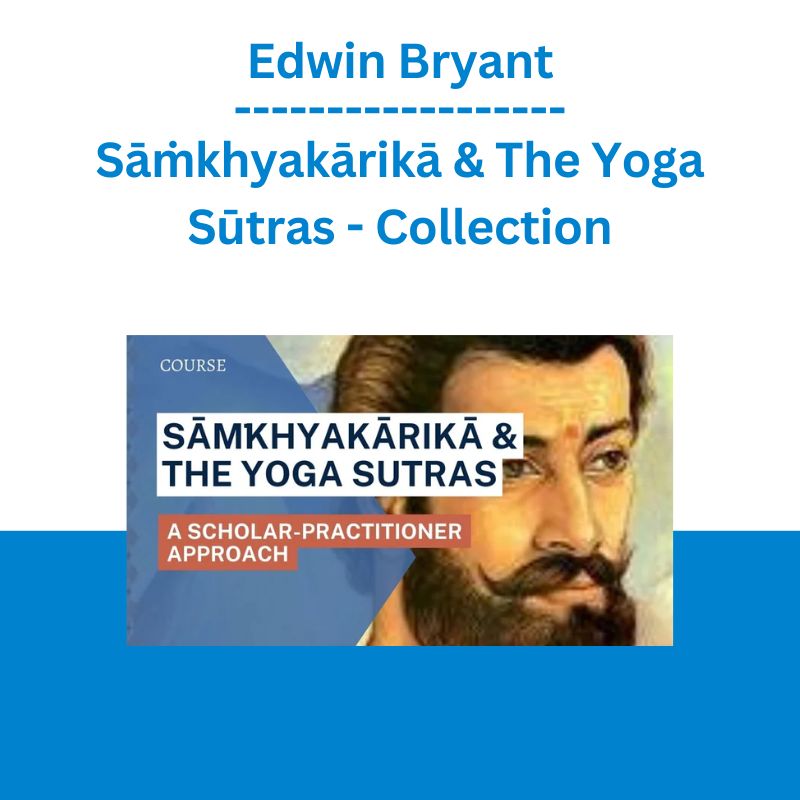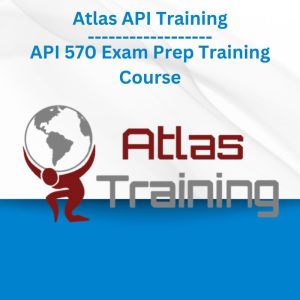*** Proof of Product ***
Exploring the Essential Features of “Edwin Bryant – Sāṁkhyakārikā & The Yoga Sūtras – Collection”
About
This 8-part course will undertake a comparative study of these two canonical texts of Yoga: the Sāṁkhyakārikā & the Yoga Sūtras. In the earlier tradition, Yoga is in fact an expression of Sāṁkhya rather than a distinct school, the former focusing more on meditational practice and the latter on metaphysics. Using the Kārikās as our primary text, along with its principle commentary by Gauḍapāda, we will consider where the two texts overlap, and where the Kārikās engage material not touched upon in the Yoga Sūtras. We will read all of the Kārikās, and cast comparative glances at the sections of the Sūtras that express the same concepts albeit sometimes in different terminologies.
Each group of students is different, and the teacher, too, is in a different mental place each time he or she teaches, so the schedule below will give preliminary structure to our intentions, but we will allow the course to flow organically. Mainkar’s translation of the Kārikās and Gauḍapāda’s bhāṣya will be provided; students are requested to bring any copy of the Yoga Sūtras with the Sanskrit text.
Module 1: Reasons for Seeking Liberation
In this section, we engage the essential motive for undertaking the spiritual quest in the respective traditions of Yoga and Sāṁkhya, namely suffering. The causes of suffering according to these two traditions will be examined, and the solution considered – liberation (kaivalya), along with the respective means to attain. While the two traditions share the former aspects and presuppositions in common, it is in the latter regard – the means to attain liberation, that they part company and eventually form different schools. Kārikās 1 – 5 Yoga Sūtras 1-6; 1.49; II.12-15; II.19; II.225-6
Module 2: The Nature of Prakṛti and Puruṣa
The metaphysics of Sāṁkhya and Yoga are essentially dualistic: there are two ontologically distinct entities, prakṛti and puruṣa, or the conscious self and unconscious matter. This session explores what our two canonical texts have to say about how these two diametrically distinct sorts of things can be described in conceptual terms. Kārikās 6 – 10 Yoga Sūtras II. 17 – 24
Module 3: The Three Guṇas
Following on the previous lecture, the world of matter, prakṛti, is essentially composed of three ‘qualities,’ the guṇas of Sāṁkhya – sattva, rajas and tamas. The respective nature of these three guṇas are discussed here, bolstered by some verses from the Bhagavad Gītā, which is also a Sāṁkhya text, and an excellent source for more specific information on the guñas’ role in everyday matters. Kārikās 11 – 14 Yoga Sütras II.18
Module 4: Properties of Prakṛti and Puruṣa
This session continues with the previous discussions on the respective nature of the two ultimate metaphysical entities of reality – prakṛti and puruṣa. Kārikās 15 – 21 Yoga Sūtras II.18 – II.26
Module 5: Evolutes of Prakṛti
Sāṁkhya is a metaphysically evolutionist system, in so far as gross entities such as particles are densifications of subtler energies, which in turn are emanations from still subtler energies, and on back to the subtlest matrix of all, prakṛti herself. In this session, we gain some sense of this metaphysics. Kārikās 22 – 37 Yoga Sūtras II.19
Module 6: The Subtle Body
This session engages the nature of the subtle body, also made of prakṛtic ‘stuff’ (albeit finer more sattvic stuff), which acts as the interface between puruṣa, consciousness, and the ‘world out there.’ Kārikās 38 – 42 Yoga Sütras II.18
Module 7: The Nature of Mind
This session engages how the various aspects of the mind and its mental states are differently characterized in the two systems – the vṛttis and kleṣas of yoga, and the bhāvas of Sāṁkhya. Kārikās 43-54 Yoga Sūtras I.5-13; II.3-9; II.15-18
Module 8: Liberation from Embodiment
The grand finale goal of both traditions is liberation from embodiment itself, which is the only way to ultimately be free of all suffering. This session explores how liberation is depicted in our two texts. Here we encounter some of the most beautiful verses of the Sāṁkhyakārikās. Kārikās 55 – 72 Yoga Sūtras II.23 – 28; IV29 – 34
Students who take this course will:
Engage the primary canonical text of Sāṁkhya, which is the larger metaphysical tradition within which Yoga was originally branch before it came to be situated as an independent school.
Expose themselves to the goals of life as articulated by these traditions, and their expositions on the big existential issues faced by all humans – the nature of the deep-level self, the mind and the world; and to explore their explanation of usffering, its cause, and its removal.
Analyze where the two canonical texts clearly overlap, and where their focus differs, albeit within the same metaphysical contours.
Gain a clear sense of the three guñas, accepted not only by these two schools, but fundamental to Vedānta metaphysics as well.
Gain a clearer understanding of the notion of liberation.
Author
Edwin Bryant
Edwin Bryant received his Ph.D. in Indic languages and Cultures from Columbia University. He taught Hinduism at Harvard University for three years and is presently the professor of Hinduism at Rutgers University where he teaches courses on Hindu philosophy and religion. He has received numerous awards and fellowships, published eight books, and authored a number of articles on the earliest origins of the Vedic culture, yoga philosophy, and the Krishna tradition.
As a personal practitioner of bhakti yoga for over 45 years, a number of them spent in India studying with traditional teachers, where he returns yearly, Edwin strives to combine academic scholarship and rigor with appreciation towards traditional knowledge systems. His teaching method is to allow the ancient texts to speak in their own voice and through their own terms and categories.
Edwin’s most recently published work is Bhakti Yoga: Tales and Teachings from the Bhāgavata Purāṇa (Farrar, Straus & Giroux, 2017). This work seeks to ground the practices of bhakti in the traditional Krishna-centered framework of the Vrindavan devotional traditions.
Please see the full list of alternative group-buy courses available here: https://lunacourse.com/shop/










 Ed Ponsi - Forex Trading
Ed Ponsi - Forex Trading  Toshko Raychev - Profit System + ITF Assistant
Toshko Raychev - Profit System + ITF Assistant  Forexmentor - Recurring Forex Patterns
Forexmentor - Recurring Forex Patterns  Mark Podolsky - The Investor’s Toolkit
Mark Podolsky - The Investor’s Toolkit  Oliver Velez - Essential Strategy Of Trade For Life
Oliver Velez - Essential Strategy Of Trade For Life  Matthew Kratter - Trader University
Matthew Kratter - Trader University  SMB - Options Training
SMB - Options Training  Rosy Aronson - Walking a Fine Line
Rosy Aronson - Walking a Fine Line  George Fontanills & Tom Gentile - Optionetics 6 DVD Series Home Study Course (Digital Download)
George Fontanills & Tom Gentile - Optionetics 6 DVD Series Home Study Course (Digital Download)  Kristine Lilly, Alfred Galustian & Charlie Cooke - Coerver Girls eBook
Kristine Lilly, Alfred Galustian & Charlie Cooke - Coerver Girls eBook  Alfred Galustian and Charlie Cooke - Youth Diploma 1
Alfred Galustian and Charlie Cooke - Youth Diploma 1  Racing Workshop - Complete Online Package
Racing Workshop - Complete Online Package  Alphashark - The AlphaShark SV-Scalper
Alphashark - The AlphaShark SV-Scalper  The Daily Traders – Exclusive Trading Mentorship Group
The Daily Traders – Exclusive Trading Mentorship Group  Julie Stoian & Cathy Olson - Launch Gorgeous - Funnel Gorgeous Bundle
Julie Stoian & Cathy Olson - Launch Gorgeous - Funnel Gorgeous Bundle  Money Miracle - George Angell - Use Other Peoples Money To Make You Rich
Money Miracle - George Angell - Use Other Peoples Money To Make You Rich